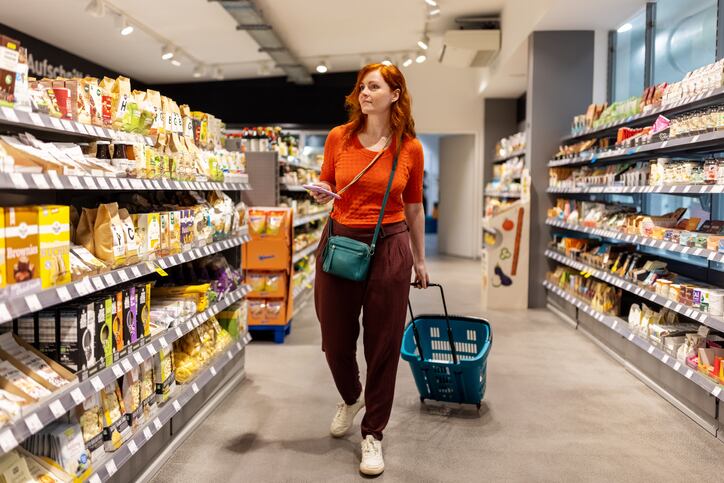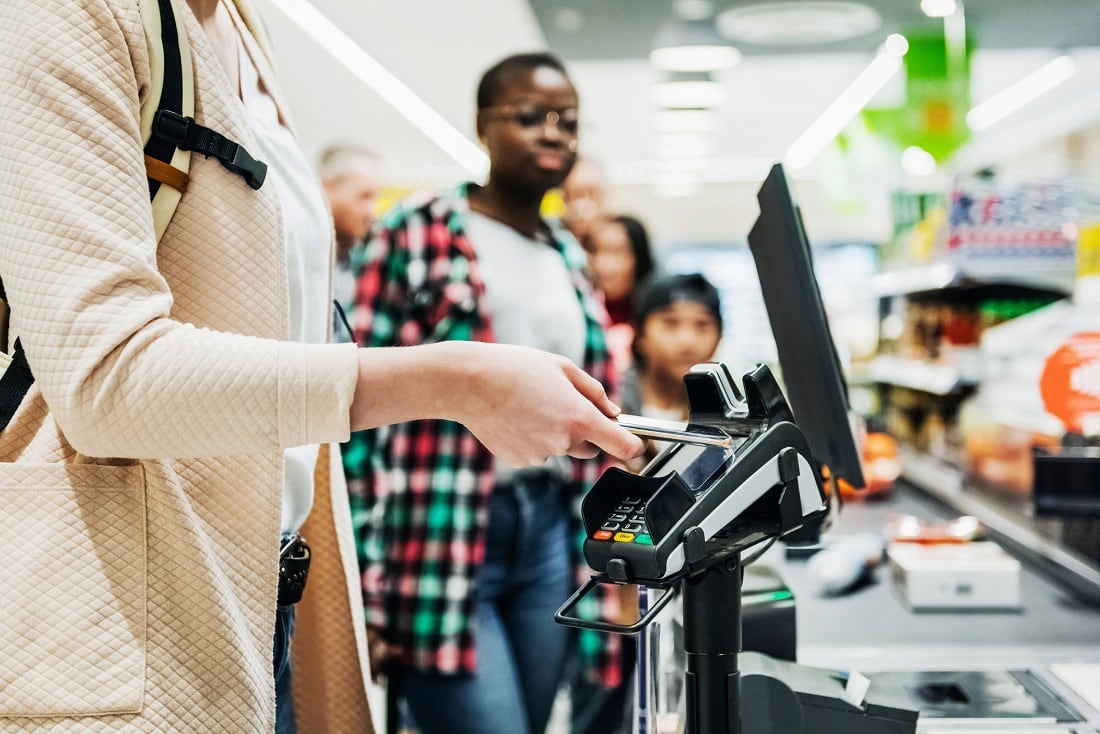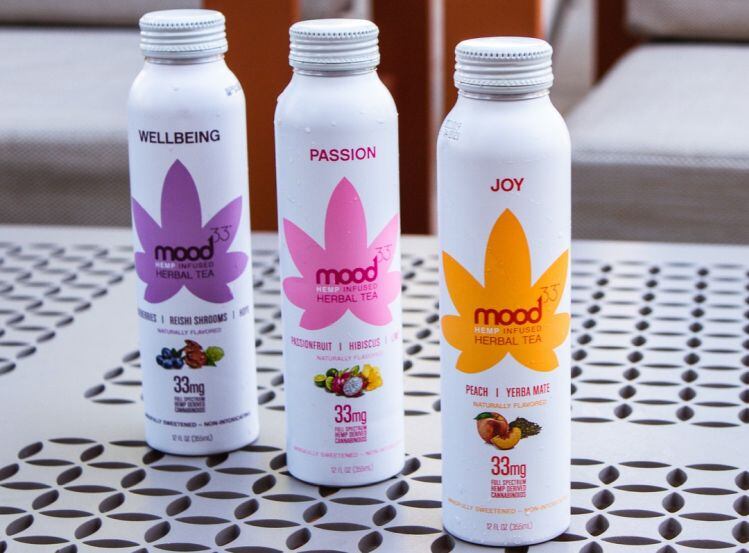In a report released this week, market research firm IRI, which recently merged with NPD Group to expand its product offerings, detailed how buying behaviors have changed during the recent pandemic/inflation economic upheavals as regards their engagement with private label (which the report refers to as ‘store brands.’)
Looking back at how those behaviors changed during previous bouts of economic uncertainty is only of limited use this time around, said Mary Ellen Lynch, principal of IRI’s Center Store Solutions.
“During this time consumers started to exhibit a lot of changing behaviors,” Lynch said during a webinar presentation yesterday of the study’s findings. A complicating factor is the increasingly large number of options shoppers have, she said. It means the old formula of when prices go up, private label sales do, too, is no longer as sure a bet as it once was.
Consumer sentiment at low point
Lynch noted that consumer sentiment is at a strikingly low point, which ought to have augured for a private label windfall. A measure called the Michigan Consumer Sentiment Index, a national survey of households conducted regularly by the University of Michigan, stood at 56.8 in late November and fell as low as 50 in June. For reference, the index stood at 101.0 just before the pandemic.
“That’s the lowest point this sentiment measure has been in more than 50 years,” Lynch said.
As inflation started to take hold, Lynch said consumers responded at first by simply buying less. Then they started to switch brands.
Lunch noted that the penetration of private label brands has always been a a matter of degree, not an either or proposition. IRI’s data shows that almost all shoppers purchase private label products from time to time, whether they are aware of doing it or not.
As far as the overall picture is concerned, private label brands now capture 17.5% of shoppers’ dollars in consumer packaged goods (CPG) overall. The report notes that’s a slight rebound from the situation during the pandemic, when supply chain disruptions limited availability in some cases.
Private label strongest in food, beverage
But private label captures more dollars spent in the food and beverage aisles, where share has grown. In the 52-week period ending Oct. 29, 2019, that dollar share stood at 18.2%. It fell during the pandemic, partly due to the supply issues mentioned above, and then climbed ever so slightly to 18.3% during the most recent 52-week data set that ended Oct. 2, 2022. Lynch said the half-year snap shot of that same period shows the dollar share up to 18.5%.
“The penetration is especially high in the general food aisle and in refrigerated items where store brand milk is often used as a loss leader,” Lynch said, while sales of private label brands among non perishable goods have remained stagnant.
Consumers at outside ends of demographic spectrum most engaged with private label brands
When delving deeper exactly who is buying these products some interesting trends emerge, Lynch said. Older consumers, who are often buying for larger households, are the sweet spot for these brands.
“The older consumers who are already pretty engaged with stores brands are leaning in even more, given this inflationary period."
The report noted that food price inflation still shows no real trend of slowing down. Food and beverage prices rose 1.6% in August (vs the previous month), another 1% in September, and 1.4% in October. Low affluence seniors were especially attached to store brands, she said.
Interestingly, another segment where food and beverage private label sales grew was among the youngest segments of shoppers, the ‘Gen Z-Young Millennials’ and the ‘Millennials-Older’ groups. Sales were up more modestly in the middle demographic segments, most of whom are more affluent.
Private label buyers more likely to say they like to shop
Another interesting finding is the relationship of private labels to convenience, Lynch said. IRI’s data shows that some shoppers prefer brand name products because even though they’re more expensive they’re more of a sure bet and simplify their shopping trips. Private label adherents, on the other hand, are more likely to say that they enjoy shopping and reading labels. They are also much more focused on the price of the products.
Lynch said while the marketing of store brands is more complicated that it once was, there is still ample opportunity to succeed. The brands that do best tend to function in a similar fashion as do name brand CPG products in terms of having a thoroughgoing marketing strategy.
“It emphasizes again that retailers need to stay close to their shoppers and consumers to understand what is the best balance for their store,” Lynch said.
“Years ago just being on the shelf was enough. Now you need to actually build the brand, support the brand and communicate the brand,” she said.
For a full copy of the report ‘Private Brands: Look Who’s Buying Now,’ click here




